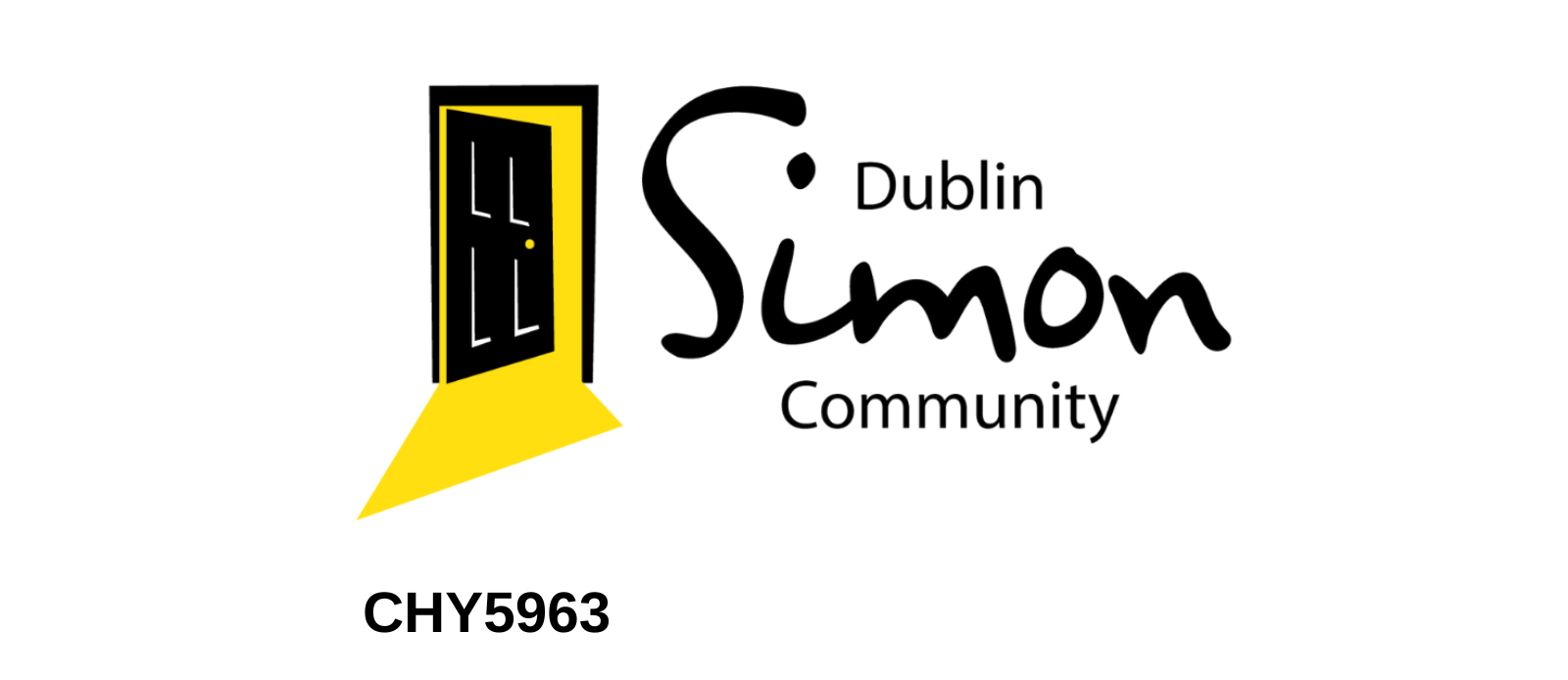Outreach worker Megan Buggle on her time assisting people sleeping rough
Can you describe your typical day as a Dublin Simon Outreach Worker?
The team comes in at 7am and we start by heading to the hotspots in Dublin North, then do the same on the south side, checking in on people who are rough sleeping, offering them support as well as doing general welfare checks.
From there find out what support they need, what we can offer them, can we get them a bed, do they need a doctor or a referral, anything like that. Throughout the day we’ll head back to the office and try to set up that support.
Then I would generally check in on clients and follow up on work from the day before. So, I might meet someone and do a housing application or a medical card form apply for whatever they need.
After that we would be out again, this time a bit further out of the city. You never know I could be – in Rush, up to mountains, anywhere. That’s definitely one of my favourite parts of the job. I’ve seen the whole of Dublin!
The mornings are always very proactive, whereas the evening shifts are much more reactive. You’re reacting to emergencies that are happening right now. You are just reacting to whatever comes your way, so it definitely keeps you on your toes.
We also run a mobile health unit as twice a week in partnership with Safetynet targeting unmet health needs for people who are rough sleeping. We go wherever we are needed, really.
How many steps would you do during a shift? Is 21,000 a good estimation?
Oh, it could be way more absolutely way more! There’s one man on the team that just absolutely loves walking and he goes like 34,000 steps plus a shift!
What is the most difficult part of your job?
Waiting lists are always very frustrating. If somebody is motivated enough to want to interact with a service, like for example an addiction service, it can be very frustrating to tell them that they need to wait until space opens up when they’re ready at that time to begin their recovery.
Who are you meeting on the streets right now?
In a very general way, it’s single men usually, but then also couples. I’d say that single men and couples would make up a large majority of our clients. Couples face a lot of barriers as there aren’t enough couples’ beds around.
What might a typical day look like for one of your clients?
For clients who may be rough sleeping in some of the busier areas like Henry Street or Grafton Street, their day would typically begin with being woken up by the shops.
From then on, they will be on the move trying to meet their basic needs, waiting for it to get dark to then bed down somewhere for the night.
I’m working with one client, he is a 70-year-old man who had been sleeping on the outskirts of the south inner city. Every morning he had to either head out to a shopping centre or head into town in order to access a public toilet. From there, somewhere else to access other amenities, such as hygiene services, showers etc. After that, if he wanted to get breakfast he has to go somewhere else again.
For someone sleeping rough, their feet are everything. You can’t get to where you’re going to bed down or access basic services if you can’t move around.
What is your favourite thing about being an Outreach Worker?
Working with the clients. Everybody has these amazing stories and it’s very motivating just to meet people that have been through so much and they always maintain such a great attitude.
Seeing someone go from sleeping rough and then through the services and then moving on to independent housing or low support housing. Progression in somebody’s case is just phenomenal.
Coming back to the client I mentioned earlier, being able to see him from coming from rough sleeping to now being in somewhere where he is stable and working on his case and the future and stuff has been great. Seeing how much his health has come around too, especially for an older man. Seeing the positive changes that people can experience is just really rewarding.



